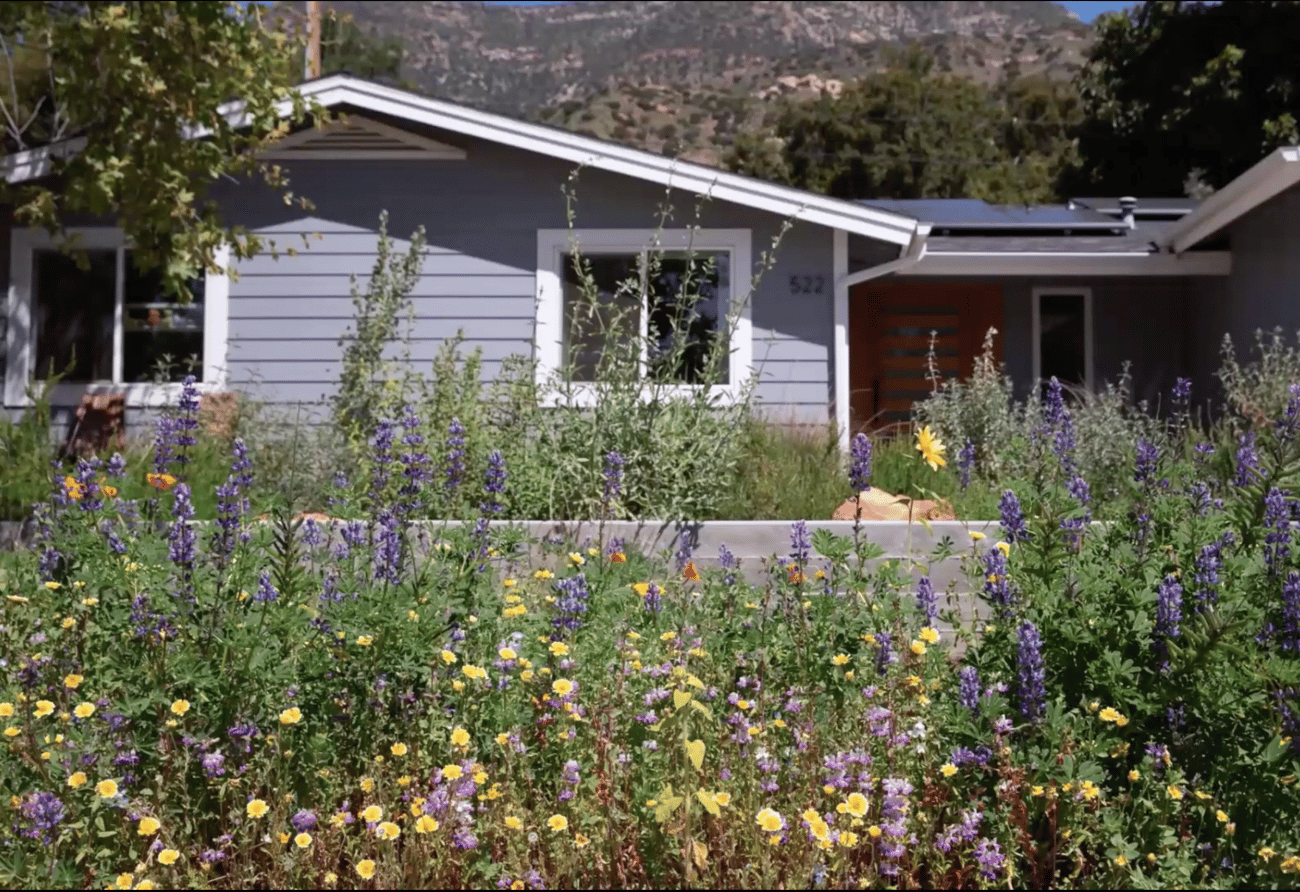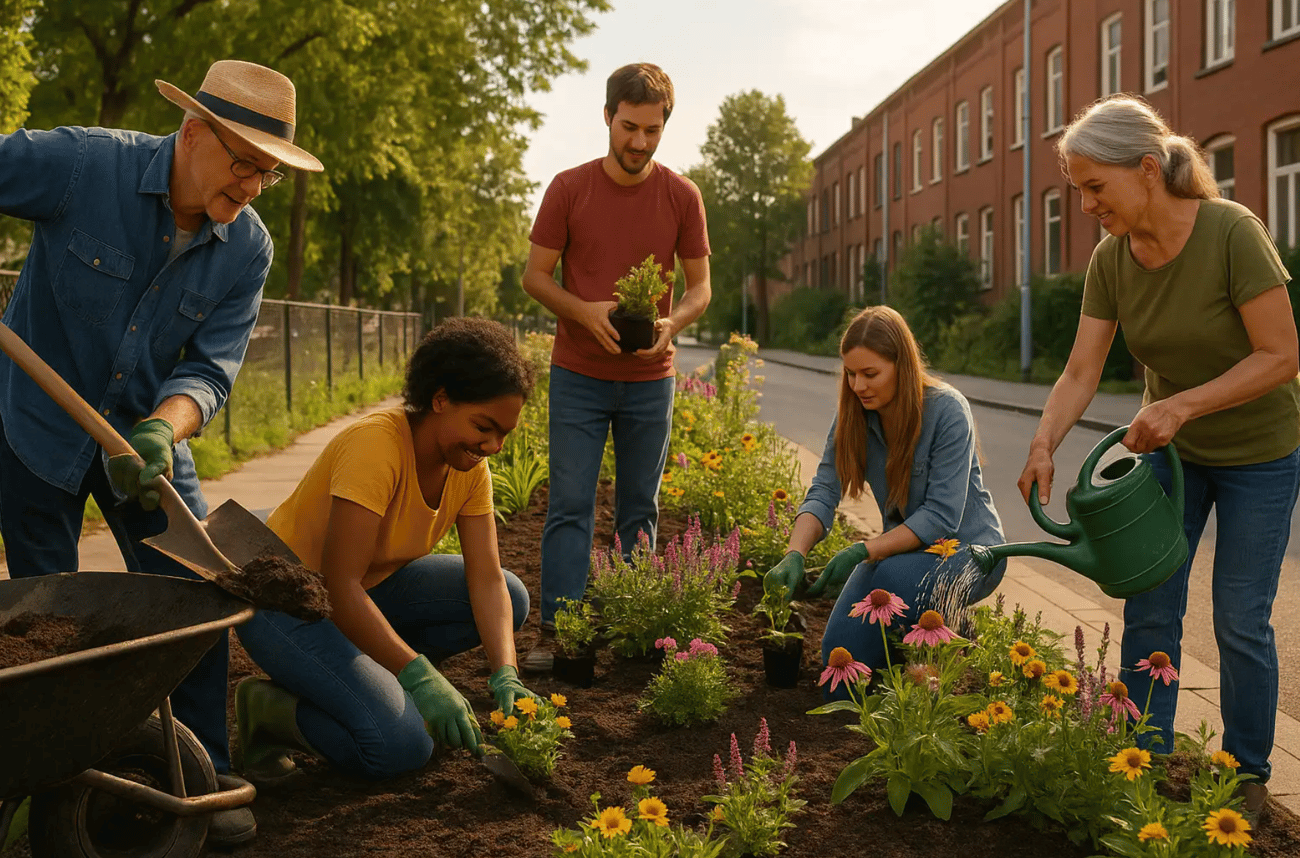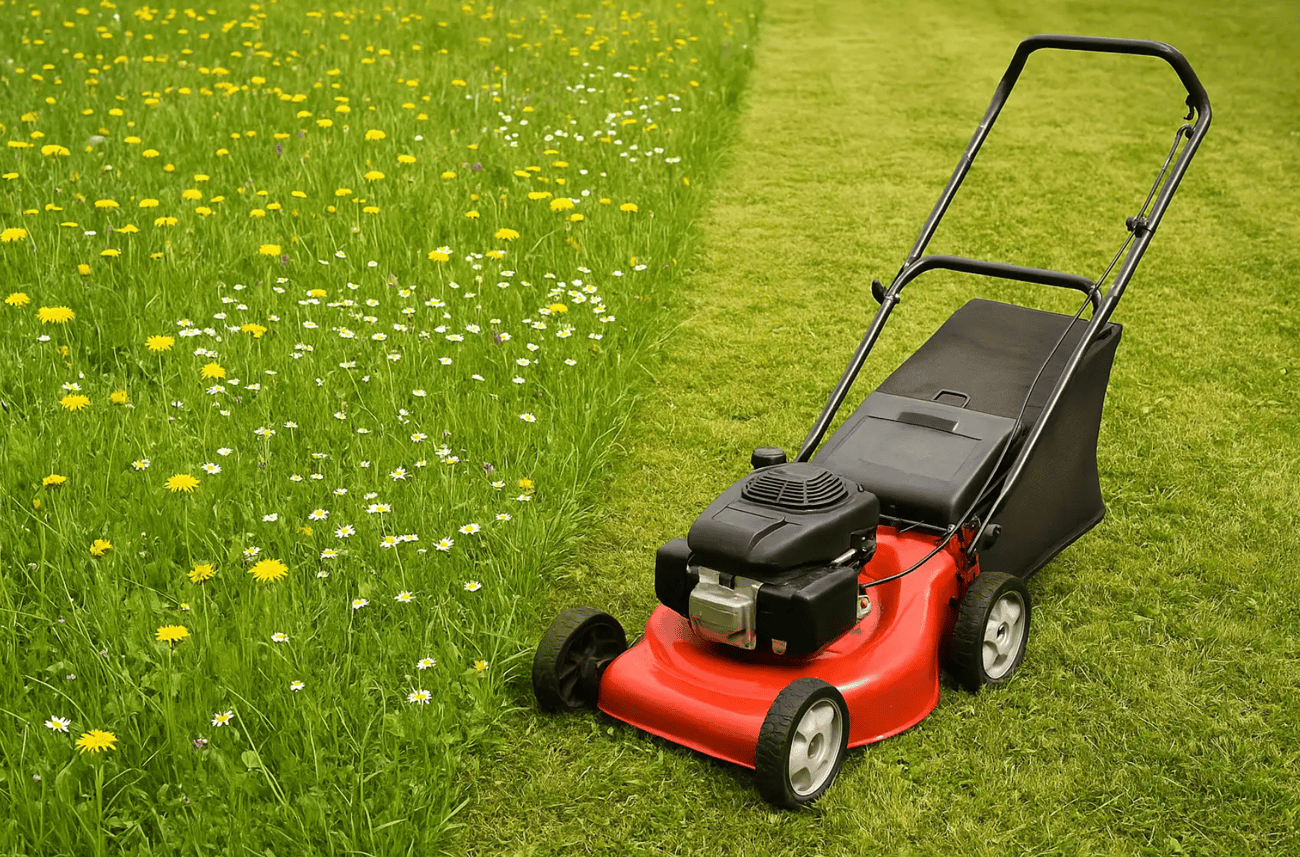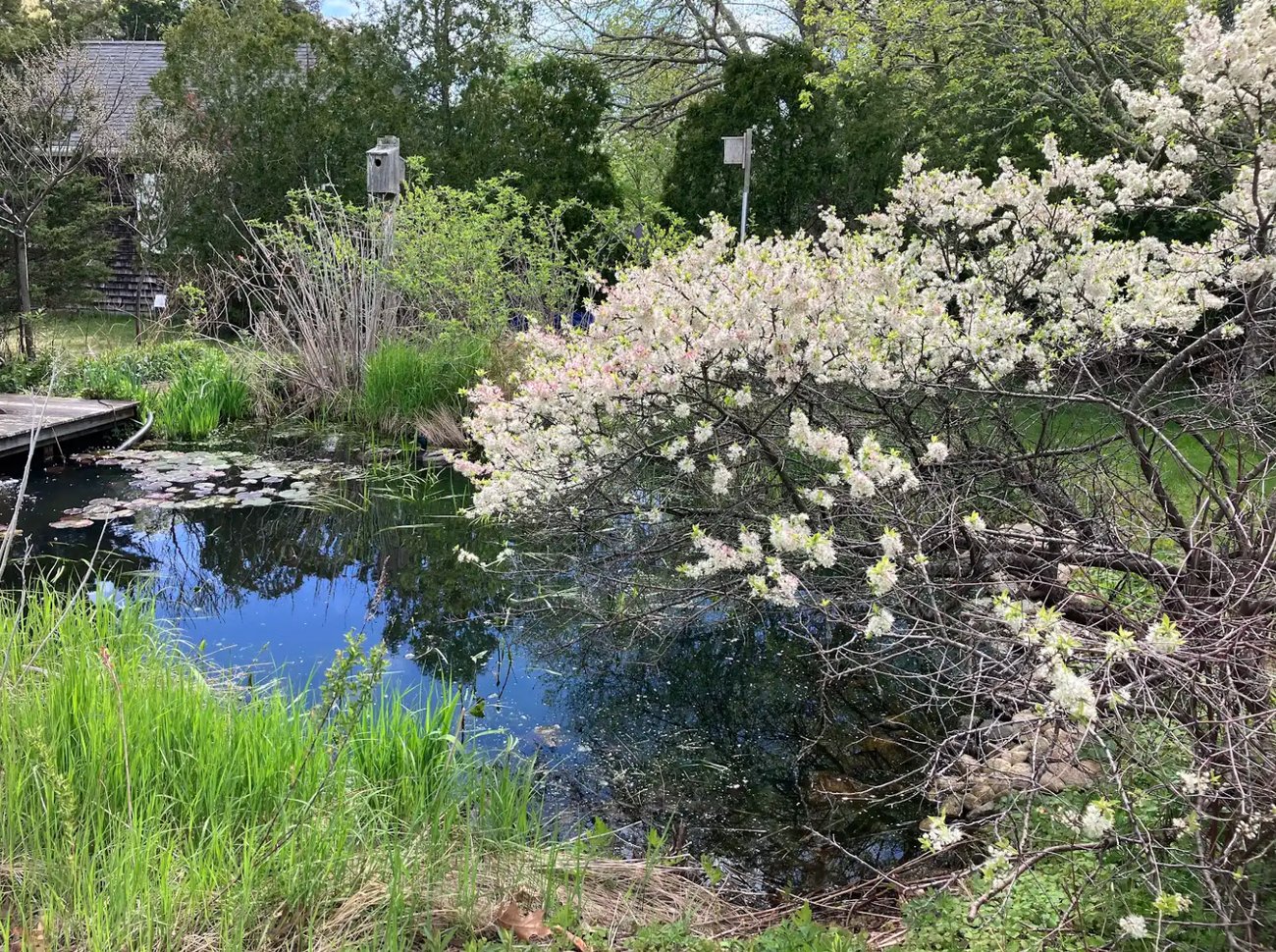|
|
GRANT OPPORTUNITY
|
Open: Incubator Grant
|
 |
Incubating new microhabitat programs.
Image source: Village and Wilderness.
|
Earlier this year, we launched our Incubator Grant to kickstart rigorous microhabitat programs with critical seed funding and a pathway into our nationwide Practitioners Circle. Originally slated to close in March 2025, the pilot has received such promising and diverse proposals that we've extended the funds and application window through the end of the year.
So far, we've seen submissions from Louisiana, Indiana, and Washington State—with a strong showing from Oregon, likely inspired by the success of Portland’s Backyard Habitat Certification Program.
By keeping the opportunity open longer, we hope to welcome even more regions into the fold.
At least one microhabitat program in every state? That’s the dream—and you can help make it a reality by spreading the word.
Applications for the Strategic Plan Award (the first phase) are open on a rolling basis through November 28, 2025, or until funds are fully allocated.
|
| The Incubator Grant prospectus
|
|
|
|
|
V&W SPOTLIGHT
|
Client Spotlight: Village and Wilderness
|
 |
Hear ye, hear ye!
Image source: Village and Wilderness
|
We were honored to be featured as the Client Spotlight in the inaugural issue of the Nonprofits Counsel newsletter, published by our trusted legal advisors. It’s always a revealing and rewarding exercise to step back and answer thoughtful questions from an external audience—and a great reminder of how far we’ve come and what drives our work forward.
If you’re curious to learn more about our mission, our journey, and what we’re excited about, check out the feature!
|
| Read the newsletter and the feature
|
|
|
|
|
WEBINAR
|
It’s Garden Tour Season
|
 |
2024 Rewild Ojai Garden Tour.
Photo source: OVLC presentation
|
|
At this time of year, it seems like there’s a garden tour happening almost every weekend—and we’re finding that these events are powerful tools for raising awareness about ecological horticulture and the impact of microhabitat programs in local communities. Last year, one of the programs in our network made a presentation about their inaugural garden to our Practitioners Circle. With over 700 tickets sold—more than half to first-time donors—it offered a valuable case study in how and why to organize a successful tour.
Curious how they did it? Watch the video to learn what made their event so effective—and how you can apply those lessons to your own outreach.
|
|
|
| Watch The Presentation
|
|
|
|
|
2024 OVERSEAS SPOTLIGHT
|
In the Netherlands, Anyone Can Turn a Slice of Sidewalk Into a Garden
|
 |
Community climate gardening.
Image source: Village and Wilderness
|
In Rotterdam and beyond, Dutch residents are leading a grassroots climate adaptation movement—by tearing up paving stones. Known as Tegelwippen, this citizen-led initiative transforms heat-trapping, flood-prone sidewalks into lush, green micro-gardens. Supported by municipalities and powered by neighbors working side by side, these local projects help cities stay cooler, absorb more rainwater, and build stronger, more connected communities. While these efforts appear not to be focused on native plants per se, they provide a joyful, hands-on model for climate resilience—one garden bed at a time.
|
|
|
| Read The Article
|
|
|
|
|
CONTINUOUS LEARNING
|
It’s OK to mow in May − the best way to help pollinators is by adding native plants
|
 |
To mow or not to mow?
Photo source: Village and Wilderness
|
As summer gets going, so does the annual debate around No Mow May—a movement that began in the UK to help reverse native plant and pollinator loss by encouraging people to let their lawns grow wild. But is it right for North America? This article explores the origins of No Mow May and explains why the approach may not work as intended on this side of the Atlantic. Many common lawn flowers here—like dandelions and clover—are nonnative or even invasive, and their spread may do more harm than good. Instead of skipping a mow, experts recommend replacing turf with native trees, shrubs, and flowers that support local pollinators year-round.
|
| Learn More
|
|
|
|
|
TOOLS
|
Big or Small: Ponds for All
|
 |
Self-installed water feature in Tom’s backyard.
Photo source: Tom Chase
|
Water features are often overlooked in microhabitat design, yet even a small pond can provide a vital refuge for a wide range of species—from amphibians and insects to birds and mammals. Ponds offer drinking water, breeding grounds, and foraging opportunities, and they can dramatically increase biodiversity in a garden or greenspace. Whether you're working with a yard or community plot, adding water can have outsized ecological benefits.
Here’s a very practical guide from the Royal Horticultural Society on how to build a simple, wildlife-friendly pond—no pump or filter required.
|
| Access the Guide
|
|
|
|
|
|
|
|
|
What is a “Microhabitat Program”?
|
Microhabitat programs restore ecosystem function in the fragmented landscape be it for people or biodiversity or both. Examples include community-scale efforts to create backyard habitats, bioswales in urban areas, pollinator patches along agricultural margins and more.
|
| Learn more about the Microhabitat Program Incubator
|
|
|
|
|
|
|
Interested in supporting our work?
|
Donate today. Your support allows us to provide pro bono services to community-based nonprofits to help them create and share community-scale climate adaptation strategies—such as microhabitat programs.
|
|
|
|
|
|
|

|
We help community-based organizations invent, share and grow replicable, climate adaptation solutions. Our flagship project is the Microhabitat Program Incubator.
|
|
|
|
|